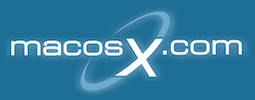MacLegacy
Unemployed Student!
the key to the right of the <command> key (see attached picture) looks a lot like the SCSI logo but horizontally inversed. Though, I might be wrong and it might not be the SCSI logo..
Anyway, wheter it is or not, does anyone know the use of that key? I can't seem to find it anywhere..
Thanks a lot
Anyway, wheter it is or not, does anyone know the use of that key? I can't seem to find it anywhere..
Thanks a lot


